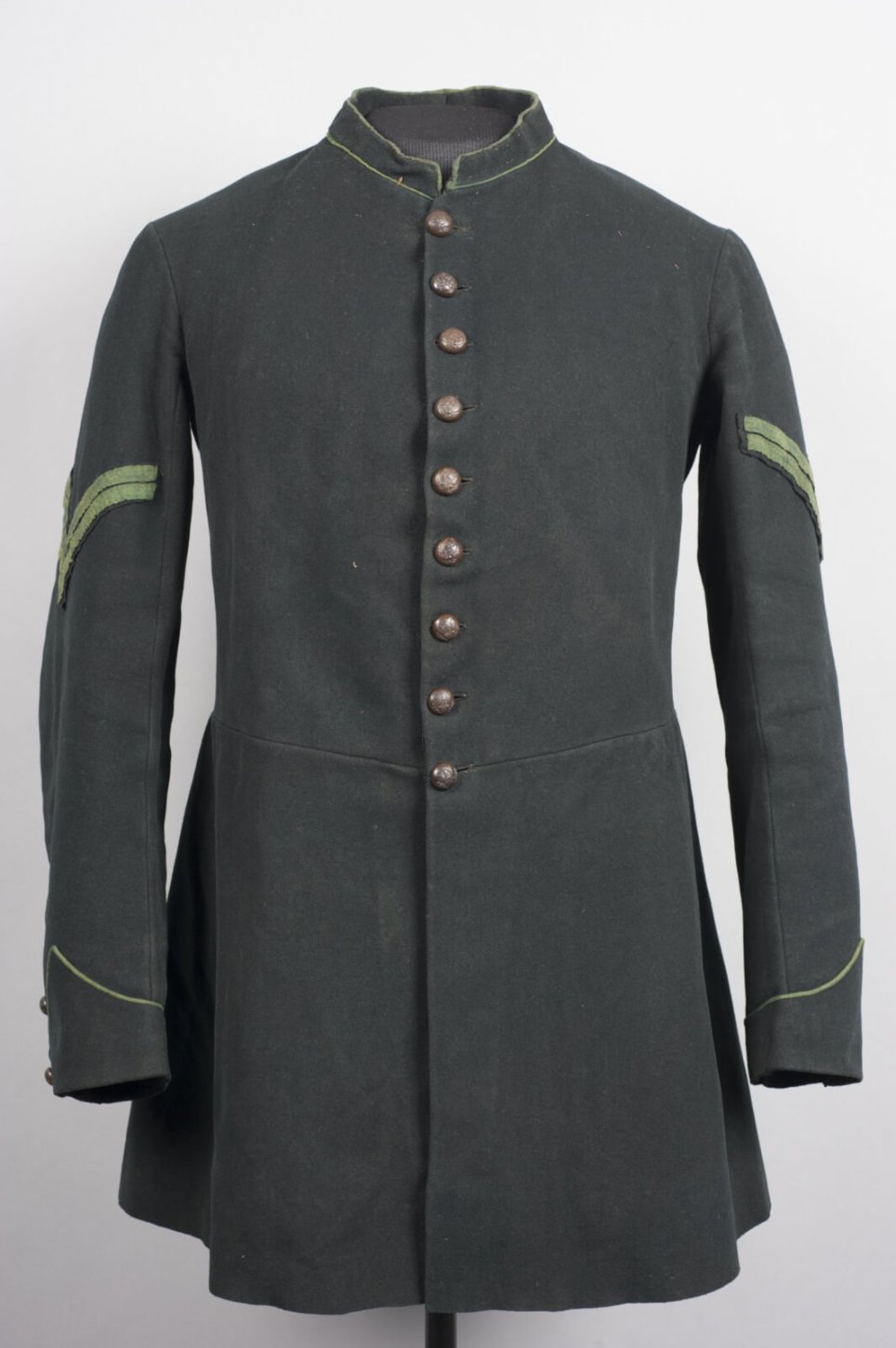Get the 2025 Gettysburg Getaway Guide
Check out our Getaway Guide online or have us send you one. Have an immediate question? Call us at 1.800.337.5015
Get the GuideThere’s a small army working behind the scenes at Gettysburg National Military Park Museum & Visitor Center.
Up to a dozen people prepare each artifact for display in the 1,000-plus piece collection that tells the story of Gettysburg’s epic Civil War battle. A stroll through the exhibits takes visitors on a journey back to 1863.
Artifacts come to the museum through archaeological efforts and donations from the public, according to museum curator Greg Goodell. Several steps are required before a historic object makes it to the exhibit before the visitor’s eyes.
Artifact conservators conduct conservation treatments. Depending on the piece, reversible varnish and waxes are applied to paintings, metals, and wood. Textiles and leathers undergo more passive treatments such as vacuuming, stabilizing of tears, and crafting of custom supports. Goodell said it is important to be able to undo treatments if needed and ensure no artifact is harmed in the preservation process.
Curators and historians pen captions for visitors to better understand each piece’s historical significance. Technicians track artifacts’ locations and adjust light levels in display cases.
Rounding out the artifact A-team are designers and mount makers. Designers create, print and mount new labels and historical content. And mount makers — you guessed it, make mounts to install artifacts.
Once artifacts are on display, staff keep an eye on their condition to ensure the historic pieces do not deteriorate. Staff also monitor the gallery’s climate to ensure the proper levels of temperature and humidity are maintained.
Artifacts may be pulled from display for preservation needs and replaced with a comparable piece, according to Goodell. Some items are selected for temporary display for up to three years.
While every piece in the museum tells a unique story, the curator says a few in particular are must-sees.
The Battle of Gettysburg Cyclorama painting provides a 360-degree artistic view of Pickett’s Charge. Your museum ticket gives you access to the Cyclorama viewing experience. The painting spans 377 feet in circumference — that’s longer than a football field — and stands 42 feet tall.
French artist Paul Philippoteaux and his assistants created the piece in 1884 after undertaking months of research. The oil-on-canvas work of art is one of the last cyclorama paintings in existence. It has undergone multi-million dollar restoration efforts.
Dramatic lighting, narration and sound effects bring the painting to life. Veterans of the Battle of Gettysburg saw this painting with their own eyes at the 50th battle anniversary in 1913.
Two more must-sees can be found in the Day Two section of the museum that highlights the Battle of Gettysburg.
Photo Courtesy of Gettysburg National Military Park
Under the July 2, 6 p.m. banner you’ll see a glass case titled, “Flags, Flares, and Codes.” The yellow circular disc mounted on the wall is a Signal Corps cipher disc. To the untrained eye, the disc looks like a confusing jumble of letters and numbers.
During the Civil War, signalmen trained in code waved flags that corresponded to letters of the alphabet, allowing messages to be relayed from a distance. Messages were encoded to keep enemy signalmen from understanding them.

Beside the Signal Corps display at the museum, you’ll find a dress (frock) coat that was with Corporal William A. Henderson at Gettysburg. He served in Company K of the 1st United States Sharpshooters.
Peer through the glass closely and you may notice the coat has a dark green hue. The color of this coat is particularly interesting because it represents one of the U.S. Army’s first forms of camouflage. The manufacture of the green coats was delayed, so some of the regulation dark blue uniforms — including this one — were overdyed green to meet production needs.
Historic records indicate many members of the Sharpshooters wore their standard fatigue coats in the field but saved the green coats for camp and parade. This would seem to fit the story of Henderson, whose green coat bears no noticeable repairs despite its owner being wounded twice.
You could spend hours exploring the museum and you probably wouldn’t see every artifact on display. But that doesn’t mean you can’t try.
Photo Courtesy of Gettysburg National Military Park

Check out our Getaway Guide online or have us send you one. Have an immediate question? Call us at 1.800.337.5015
Get the GuideDon’t miss a thing that’s going on in Gettysburg; sign up to receive our fun and informative travel planning newsletter.
Let's Go